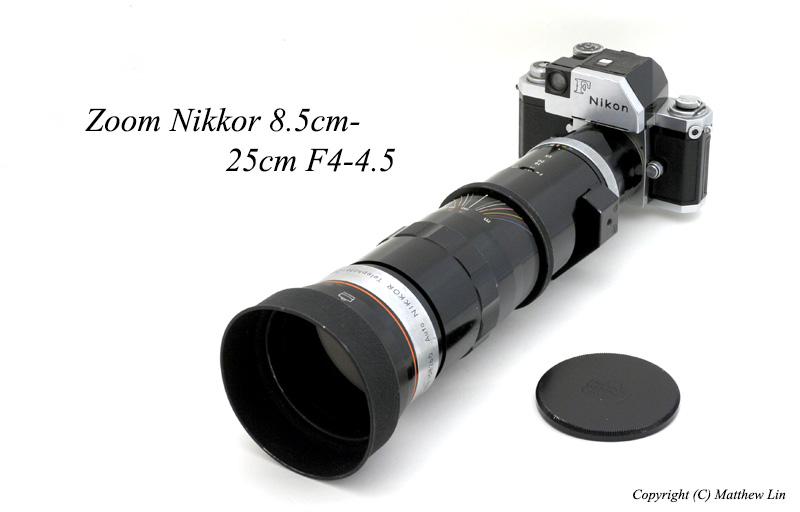 |
||||
|
This was the first ever Japanese production zoom lens when it was released in November 1959. It weighs a whopping 1770g and cost you a small fortune. By comparison, the modern AF-S 70-200G IF-ED VR and the AF-S 70-300 f4.5-5.6 G IF-ED VR weigh only 850g and 745g respectively. This zoom is heavier than two of them put together! The list price for this lens was around US $600 (or around US $5000 in 2016's value using online inflation calcuator). Once focused, this zoom can be used at different focal lengths without the need for refocusing, thanks to its true zoom design. The first version has one ring for focusing and a seperate ring for changing the focal length. It is the so-called two-ring design. Only 1290 units of them were made before it was replaced by the far more common one ring zoom version. The list price for the one-ring version was almost US $100 cheaper than the two-ring version in 1961's Nikon price list.
|
||||
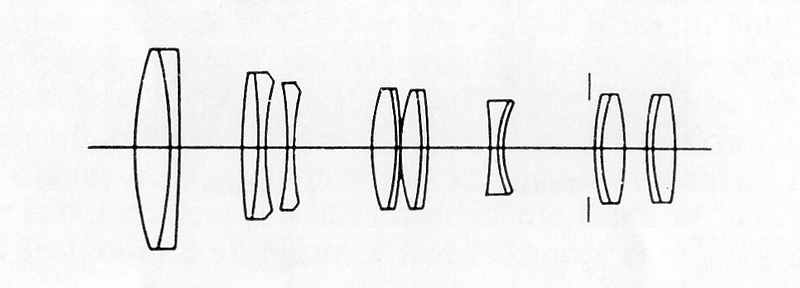 |
||||
It consists of 15 optical elements in 8 groups . Can you imagine how difficult it would be to design a zoom lens like this in the 50's without the aid of computers? |
||||
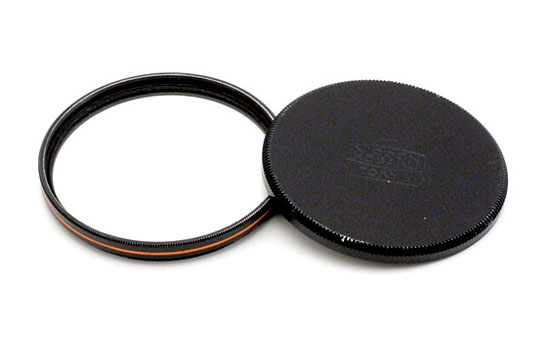 |
||||
Its closest focus distance of 13ft can be further reduced to 7.5ft after attaching this close-up supplementary lens. There is another supplementary lens with 2 orange rings. The two-orange ring lens is supposingly for the 20cm-60cm zoom. |
||||
 |
||||
The dedicated leather case can accomodate the zoom lens with the camera attached. |
||||
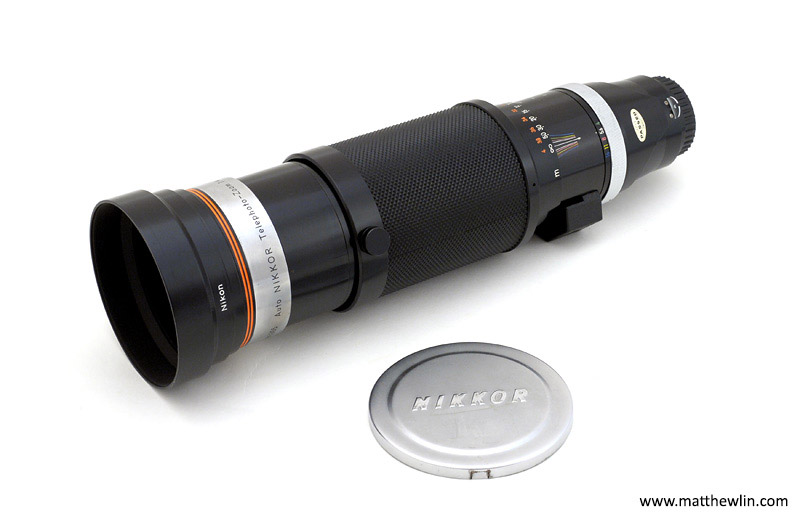 |
||||
The more common second version with one push-pull zoom ring. |
||||
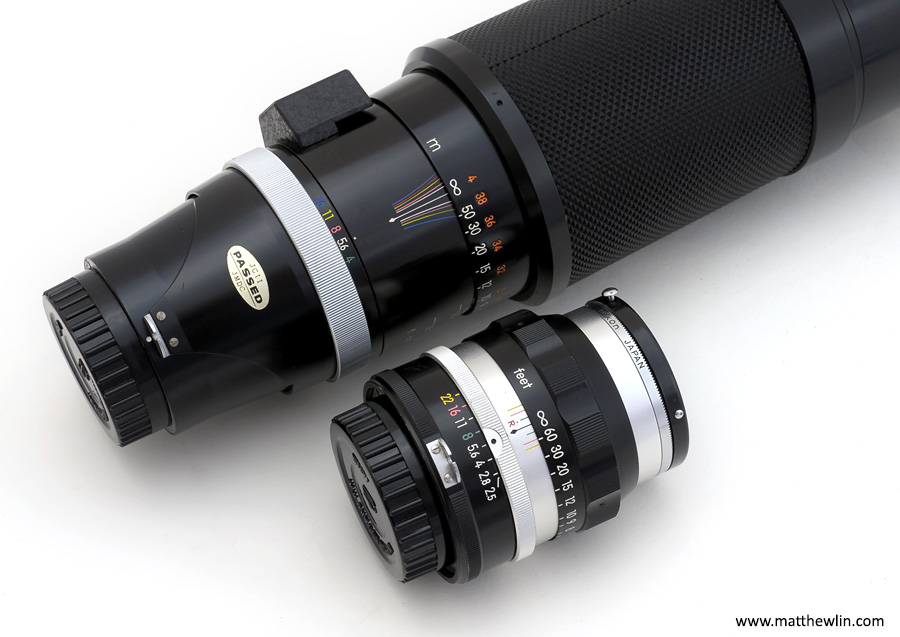 |
||||
It should be noted that there are so-called "tick marks" on the focus ring of both versions, althought this zoom is not regarded as one of the tick mark lenses by the collectors. |
||||
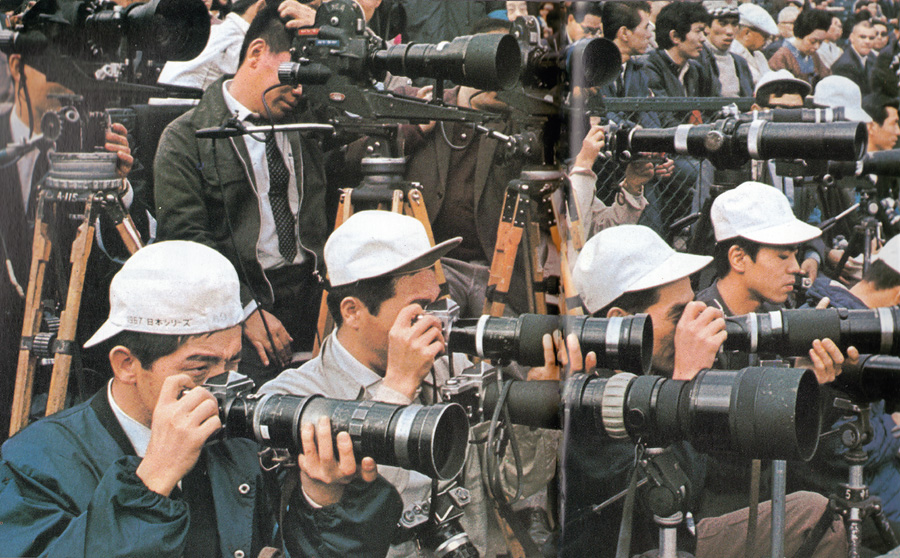 |
||||
| This zoom lens made life a lot easier for the sports photojournalists! (The photo above was scanned from an early Nikon F brochure.) | ||||
 |
||||
5-Feb-17 |
||||